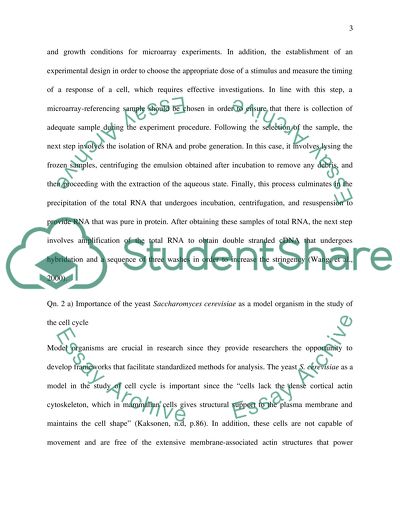Cite this document
(“Genome Science and Biological Exploration Essay”, n.d.)
Retrieved from https://studentshare.org/health-sciences-medicine/1465647-microbial-physiology-and-genetics
Retrieved from https://studentshare.org/health-sciences-medicine/1465647-microbial-physiology-and-genetics
(Genome Science and Biological Exploration Essay)
https://studentshare.org/health-sciences-medicine/1465647-microbial-physiology-and-genetics.
https://studentshare.org/health-sciences-medicine/1465647-microbial-physiology-and-genetics.
“Genome Science and Biological Exploration Essay”, n.d. https://studentshare.org/health-sciences-medicine/1465647-microbial-physiology-and-genetics.


